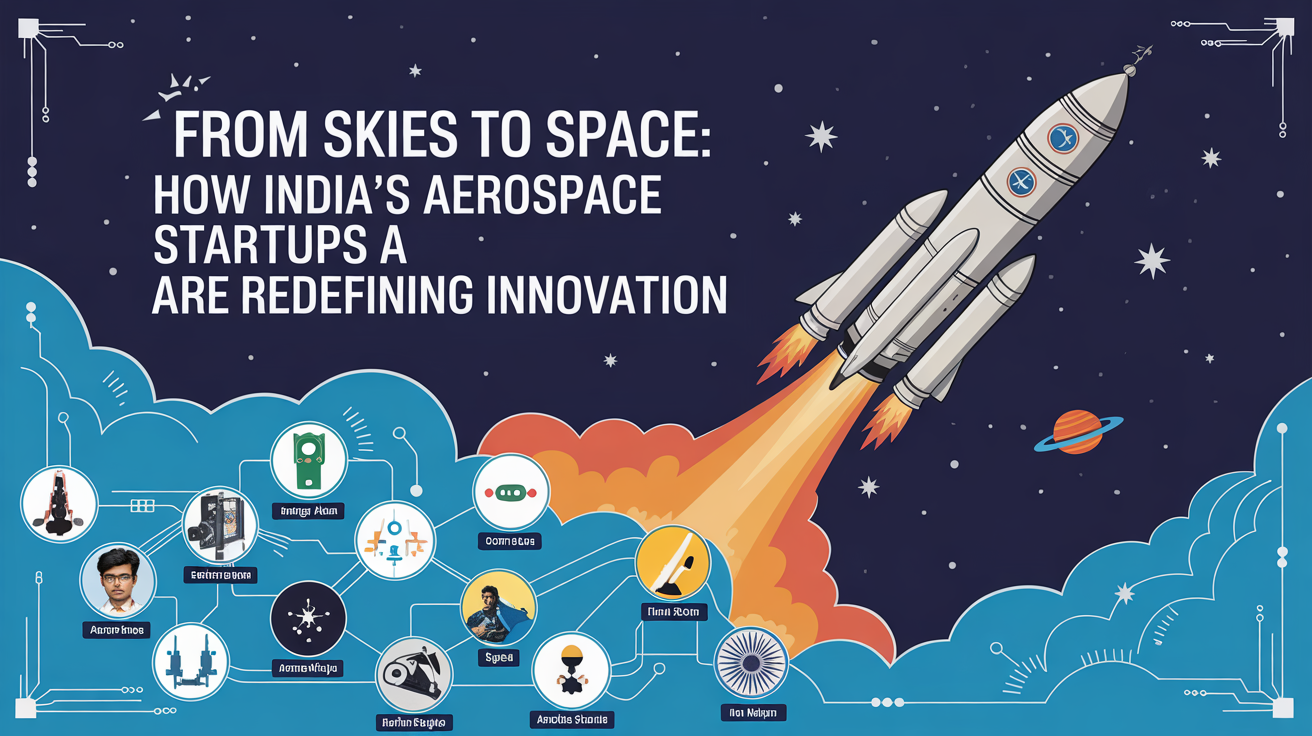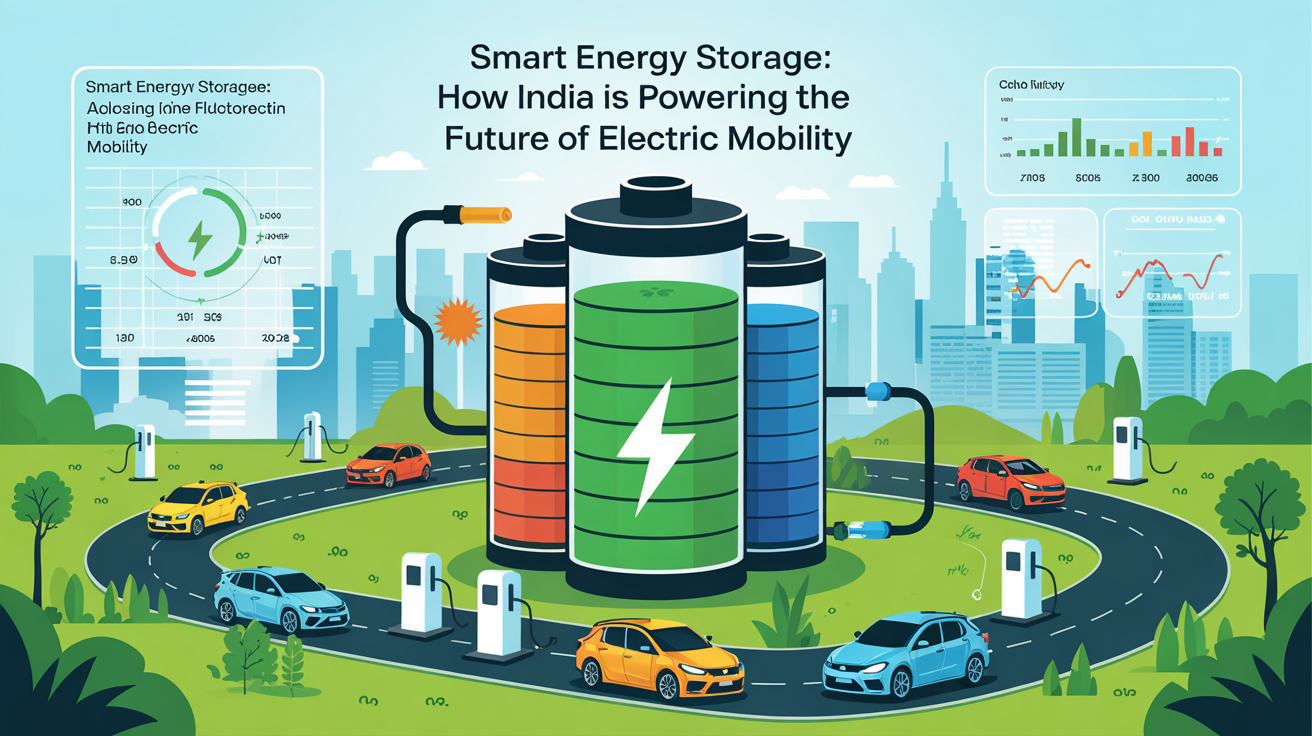‘Sustainable’ is the most essential word in the new world’s language. Nuclear energy is back in the news again—modern nuclear energy.Next-Gen Nuclear Reactors, in other words, or advanced reactors, have arrived. These new systems hold promise as being much safer, cleaner, and a good deal more efficient relative to nuclear energy.
Types of Next-Gen Nuclear Reactors
1. Small Modular Reactor (SMR)
Small modular reactor (a small modular reactor is a reactor, much smaller in size, fabricated in factories and shipped to sites away from the factories for operations). Very cheap, easy to build fast, and good for small grids or remote areas.
2. Molten Salt Reactors
This reactor is dual-purpose and uses molten salt as a medium for transport.
They are low-pressure systems; thus, they are much safer and environmentally friendly and have excellent fuel utilization.
As nuclear fuel, hence providing a solution to the radioactive waste problem.
3. High-Temperature Gas-Cooled Reactors (HTGRs)
These utilize helium as a coolant and have the potential for high temperature; HTGRs will provide great opportunities for hydrogen production and indirect use for industrial heat applications.
4. Lead-Cooled Fast Reactors (LFRs)
Lead (l or lead-bismuth) serves as the coolant in this case, which gives excellent characteristics in terms of safety and long operational life.
Each of these types offers unique advantages but shares the same purpose: for nuclear energy to be safe and sustainable.
Also Read: Solar PV Power and Solar Products Plant Setup: Empowering Own Business with Green Energy
Built-In Safety: A New Benchmark
The improved safety aspects can be one of the strongest factors in favor of next-generation nuclear technology. Old-time nuclear plants heavily relied on external power supplies and human intervention for safety purposes. Advanced reactors, however, are designed with passive safety systems, being able to shut down and cool themselves autonomously.
A few other safety features that advanced reactors could boast are
- Low-pressure operation: Steam explosions are generally discouraged.
- Small fuel inventory: Less radioactive material is installed in the reactor.
- Use of safer materials: Advanced fuel types and reactor structures reduce the probability of meltdown.
- Underground installation: Some SMRs can be put underground for extra protection against accidents or attacks.
Such advancements would, with the proposed technologies, virtually exclude any accidents like Chernobyl or Fukushima.
Cleaner Than Ever: Next-Gen Nuclear Reactors
One major issue surrounding nuclear power is that it generates radioactive waste, some of which can remain hazardous for thousands of years. Next-generation reactors address the problem in several ways:
- Fuel Recycling: Some advanced reactor types can use spent nuclear fuel from older plants, thereby minimizing waste stockpiles.
- Higher Efficiency: The extraction of energy from each unit of fuel is maximized.
- Short-lived Waste: New designs produce waste that tends to decay to safe levels faster—hundreds rather than thousands of years.
These technologies may be the ultimate answer to perhaps nuclear energy’s greatest headache: minimizing waste and its harm.
Also Read: Calcium Bromide: Manufacturing Process, Suppliers in India, and Industrial Uses
Who’s Leading the Charge?
Countries around the world are pouring money into advanced nuclear technologies:
- United States: SMRs and other designs are being developed by companies such as TerraPower (backed by Bill Gates) and NuScale; pilot programs are being funded by the U.S. Department of Energy.
- Canada: Focused on SMRs for northern communities and mining operations.
- China: Building molten salt and fast reactors, wants to be the leader in clean nuclear development
- Russia: Operates the world’s first floating nuclear power station while developing breeder reactor technology.
- Great Britain & France: Exploring nuclear as a path to their stating net-zero ambitions.
- Most projects are at the early development or demonstration stage, but momentum is building.
Challenges Ahead
Advanced nuclear power promises a lot for the future, but it comes with some challenges-
1. Super High Capital Costs
The sophisticated reactors are not just highly advanced but are expensive due to the need for a lot of R&D and infrastructure.
2. Public Perception
Nuclear energy is still feared by a lot of frightened people because of past accidents.
3. Regulatory Hurdles
New technologies need a new safety framework, and as a result, their approval process can take years.
4. Risks of Proliferation
Some types of reactors might yield weapons-grade material when misused.
5. Supply Chain and Skills Shortage
Scaling up advanced nuclear will require employees with skills, specialized materials, and robust industrial support.
Solving these problems will depend on worldwide cross-sectional cooperation as well as smart policies and persistent investments here.
Read Similar Blogs: How to Start Extraction and Processing Business of Uranium from Uranium Ore
So, Are We Ready?
Next-gen nuclear has all the potential that it can ever have. When one speaks about net-zero emissions, the statement says that the ever-growing cities will be powered while fossil fuels will be replaced with nuclear energy for their contribution. And this is made possible by advanced reactors with their safety, efficiency, and sustainability of operation. But technology readiness is not everything. Public trust and political will have to commit themselves to the future. Governments, businesses, scientists, and communities need to work together on this to ensure that the technologies that have so much promise are deployed in a responsible and fair manner.
Concluding Thoughts
The next generation of nuclear reactors might help to take an important step in providing a less dirty, more resilient energy future. They have all their safety systems incorporated into their high design improvements and flexibility of application and could change views of nuclear power.
As the world turns to clean energy, advanced nuclear could be an answer to many of our greatest problems in energy. Are we ready? The technology is almost there. Now, it’s our opportunity to secure it as a source of energy that is safe and sustainable for generations to come.









